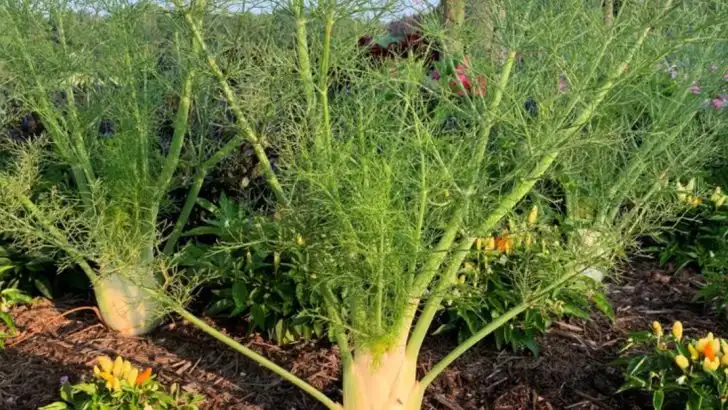Imagine stepping into your garden and finding natural remedies right at your fingertips. Growing your own medicinal plants not only adds beauty to your outdoor space but also provides you with fresh, natural ingredients for everyday health and wellness.
From soothing herbs that help with stress and sleep to powerful plants known for their healing properties, cultivating these natural remedies at home is both practical and rewarding. Many of these plants require minimal maintenance, thrive in various climates, and can be used in teas, salves, or homemade remedies.
In this article, we’ll explore 18 medicinal plants you can grow in your garden to support better health naturally, offering an easy and sustainable way to care for yourself and your family.
Aloe Vera
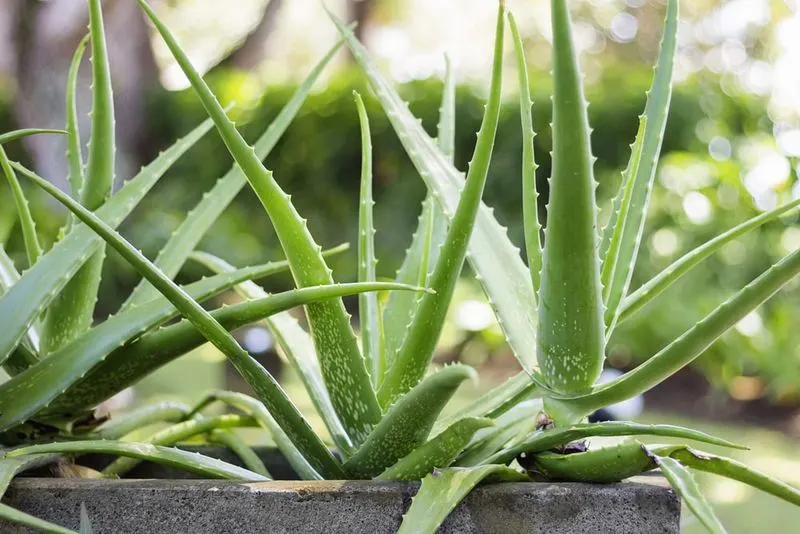
Known for its soothing gel, Aloe Vera is a staple in natural skincare. Its thick leaves store a gel-like substance popular for treating minor burns and skin irritations. This plant thrives in sunny spots and requires minimal watering, making it a low-maintenance addition to your garden. Beyond skincare, Aloe Vera juice can be used internally to support digestion, though moderation is key. Place it on a sunny windowsill or in a bright spot outdoors, and watch it flourish with little effort. Its ability to purify air is an added bonus for your living space.
Lavender
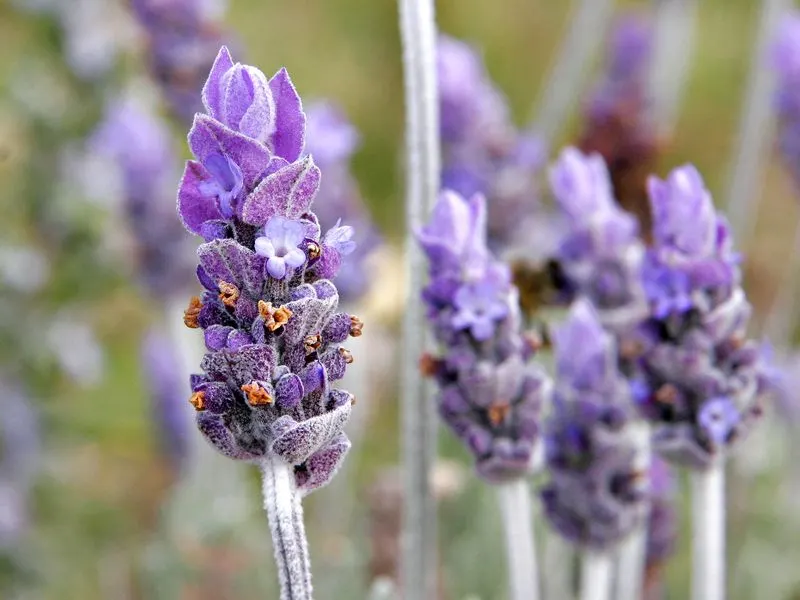
Famed for its calming scent, Lavender is perfect for stress relief. The small purple flowers not only add color but also attract pollinators like bees and butterflies. Lavender oil extracted from the plant can be used in aromatherapy to help ease anxiety and improve sleep quality. Grow it in well-drained soil with plenty of sunlight, and it will reward you with beautiful blooms. Dried lavender flowers can also be used in sachets to keep your home smelling fresh. This plant is both decorative and functional, making it a garden favorite.
Chamomile
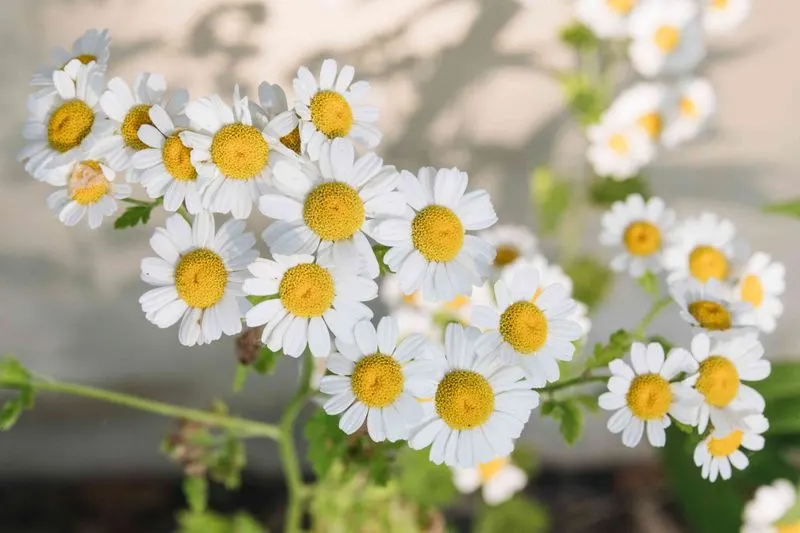
Often used in teas, Chamomile is renowned for its soothing properties. The daisy-like flowers have been used for centuries to aid sleep and digestion. Easy to cultivate, this plant prefers cool conditions and needs regular watering. The flowers can be harvested and dried for later use in homemade herbal teas. Chamomile also deters pests when planted alongside other garden herbs. Its gentle presence and pleasant aroma make it a peaceful addition to your garden. You’ll find it hard to resist the charm of these little flowers swaying in the breeze.
Peppermint
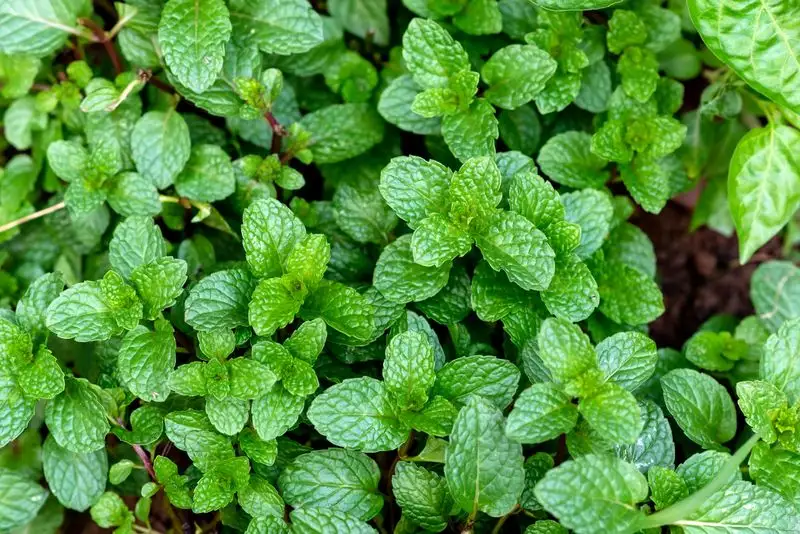
Peppermint offers a refreshing aroma and flavor, perfect for teas and culinary uses. The leaves are rich in menthol, providing a cooling sensation that can alleviate headaches and aid digestion. It’s a vigorous grower, so consider planting it in containers to prevent it from overtaking your garden. Preferring partial shade, it’s relatively low-maintenance, requiring regular watering. Incorporate its leaves into your diet, whether as a garnish or brewed into a calming tea. This versatile herb provides both therapeutic and culinary benefits, making it a valuable addition.
Echinacea
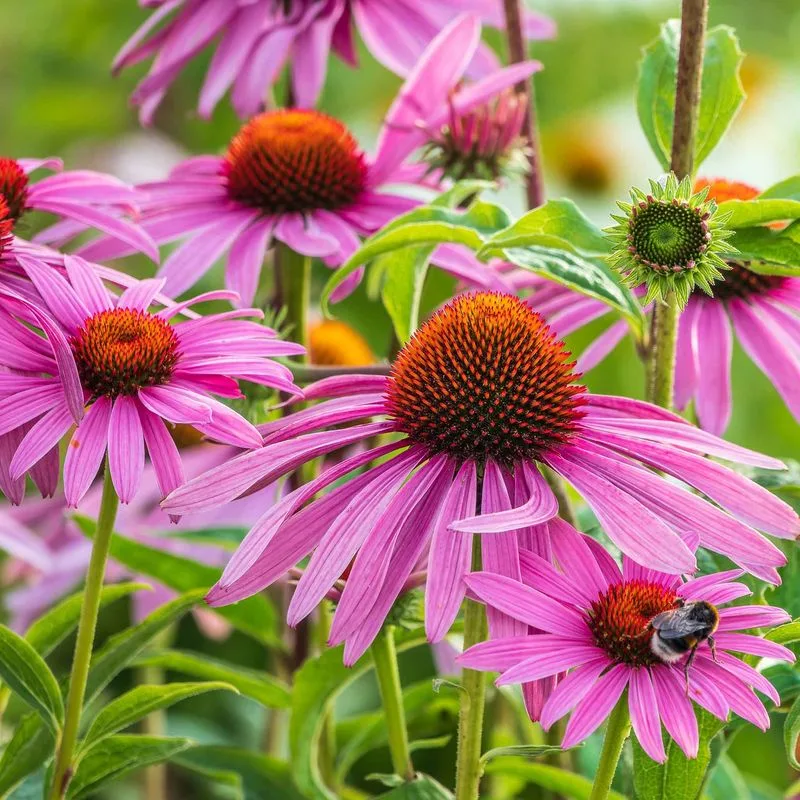
Echinacea, with its striking coneflowers, is known for boosting the immune system. The flowers and roots are often used in teas and supplements to ward off colds and infections. This hardy plant thrives in sunny locations and well-drained soil, requiring minimal care once established. Aside from its medicinal properties, Echinacea attracts pollinators, enhancing the biodiversity of your garden. Its vibrant blooms add a splash of color, making it a visually appealing choice. Harvest the flowers during peak bloom for the best potency in herbal remedies.
Calendula
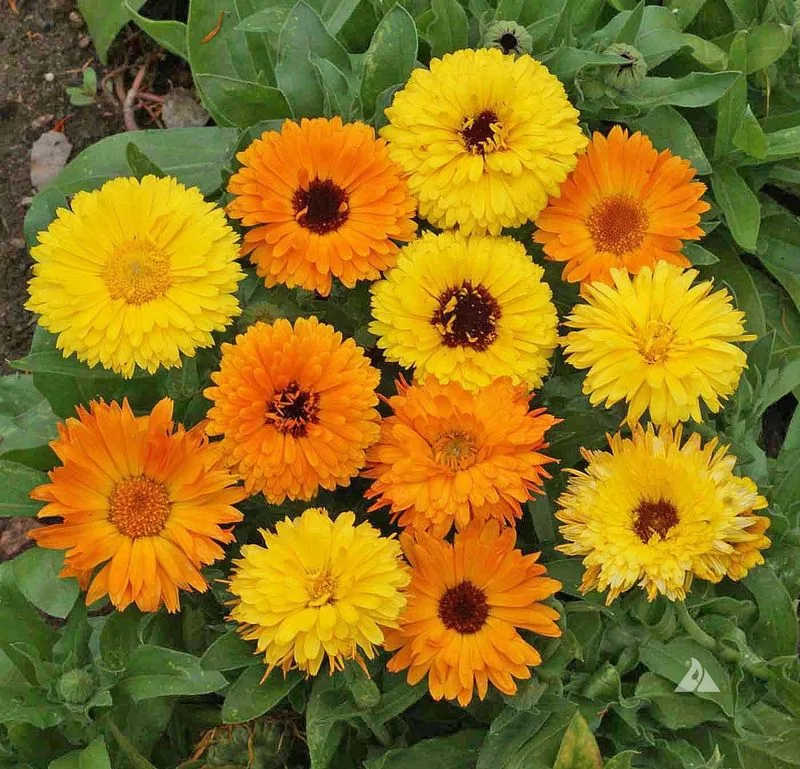
Calendula, often referred to as pot marigold, is celebrated for its skin-healing properties. The bright flowers contain anti-inflammatory compounds that are effective in salves and creams for treating cuts and burns. It flourishes in abundant sunlight and can be grown easily from seeds. Regularly deadheading the flowers encourages more blooms throughout the growing season. Besides medicinal uses, its petals can be used as a natural dye or in culinary dishes for a splash of color. Calendula not only serves a purpose but also brightens up any garden.
Thyme
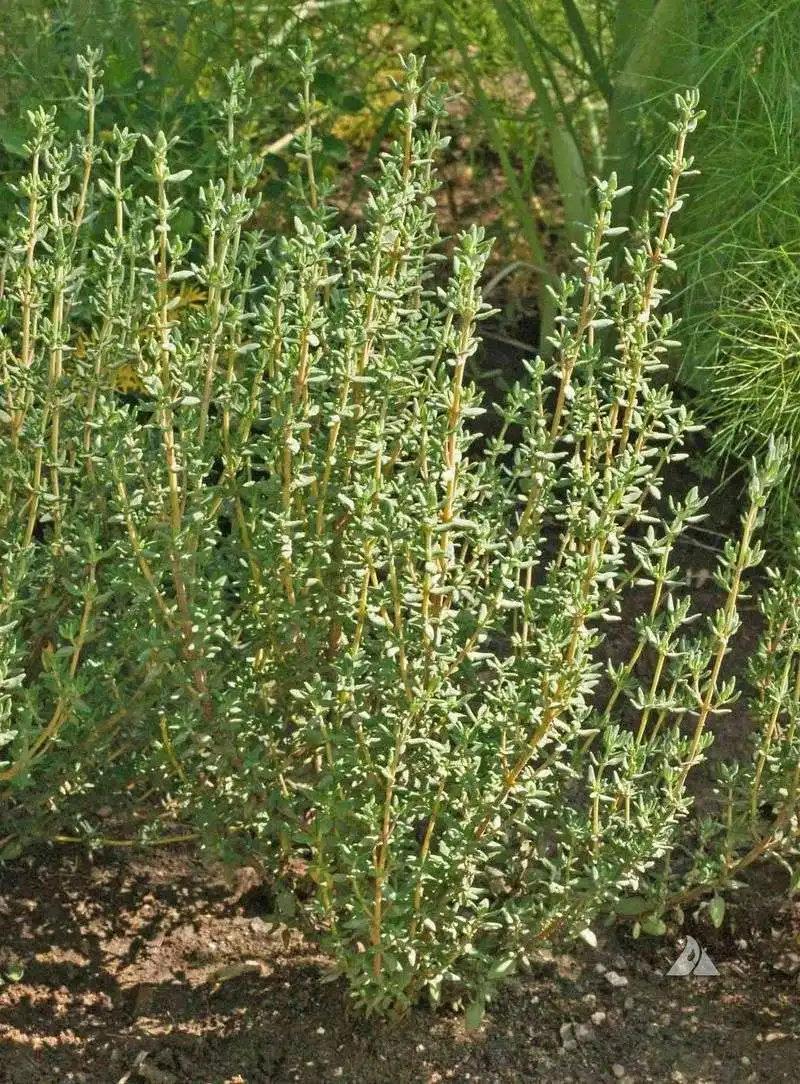
Thyme is a culinary staple with medicinal benefits, known for its antiseptic properties. The small, aromatic leaves can be brewed into a tea to soothe coughs or used as a seasoning in various dishes. It grows well in sunny spots with well-drained soil, ideal for rock gardens or borders. Regular pruning promotes bushy growth and enhances its flavor. Thyme’s essential oil is valued for its antimicrobial effects, making it useful in natural cleaning solutions. This herb’s versatility extends from the kitchen to healing remedies and household applications.
Sage
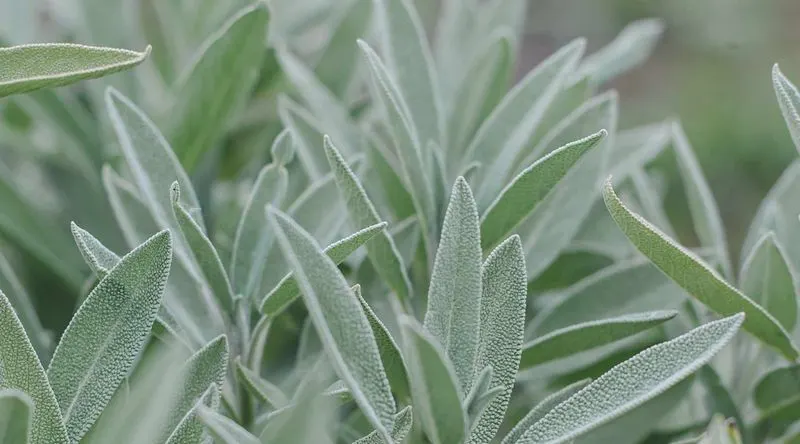
Sage is revered for its earthy aroma and medicinal qualities, often used in teas to ease respiratory and digestive issues. The soft, grey-green leaves add a unique texture to any garden. Sage thrives in well-drained soil and sunny locations, requiring minimal maintenance. As a hardy perennial, it returns each year, offering both culinary and healing benefits. Use sage leaves fresh or dried to season meats or in soothing herbal teas. This herb is not only useful but also a timeless addition to your garden’s aesthetic.
Lemon Balm
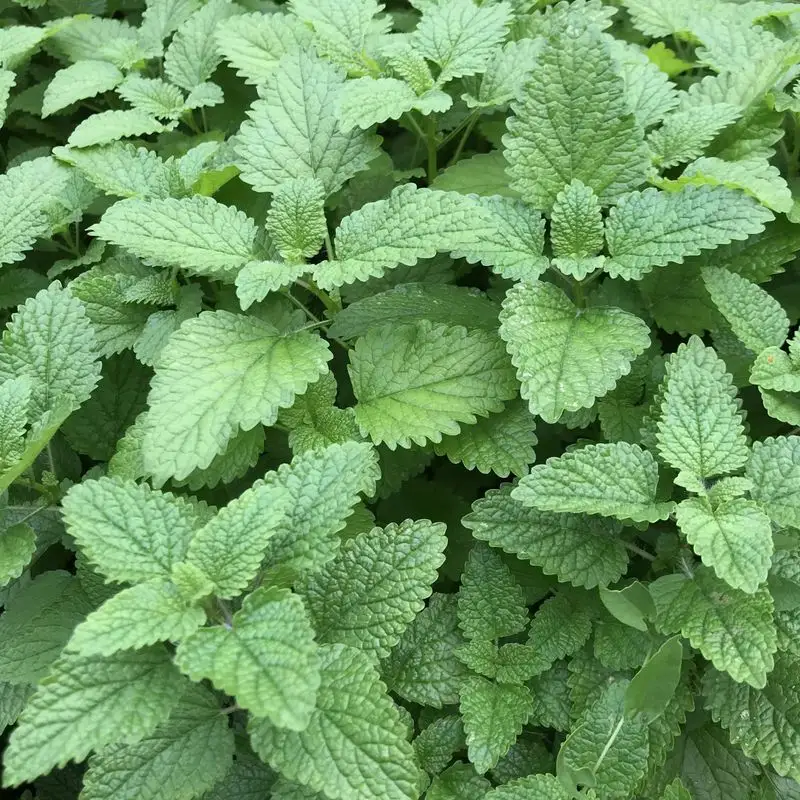
Lemon Balm is cherished for its lemon-scented leaves, often used to combat stress and anxiety. The plant thrives in partial shade and moist soil, making it a versatile addition to various garden settings. Regularly trimming the leaves encourages bushy growth and prolongs its harvest season. Lemon balm is commonly used in teas, tinctures, or as a flavoring in desserts and salads. Its calming properties are perfect for evening relaxation, while its bright leaves add visual appeal. It effortlessly combines function and fragrance in any garden.
Rosemary
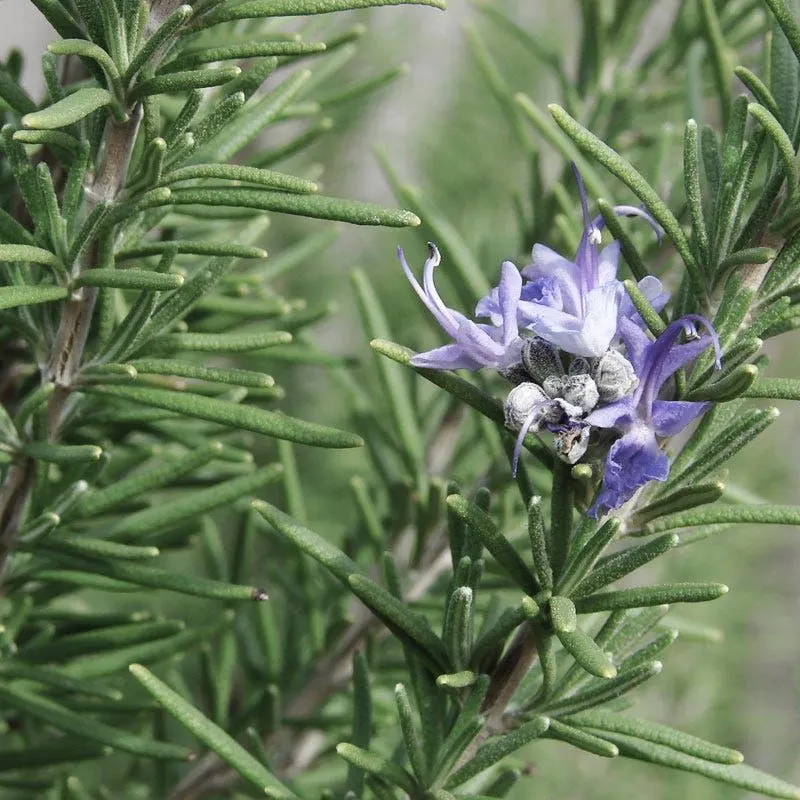
Rosemary is a robust herb, cherished for its aromatic leaves and culinary versatility. It prefers sunny spots with well-drained soil and can be grown in pots or garden beds. Regular pruning helps maintain its shape and encourages denser foliage. Known for enhancing memory and concentration, rosemary’s essential oils are often used in aromatherapy. Incorporate fresh or dried rosemary in cooking to add depth of flavor. Its hardy nature and evergreen appearance make it a standout plant that offers both beauty and usability year-round.
St. John’s Wort

St. John’s Wort is recognized for its mental health benefits, particularly in easing mild depression. The bright yellow flowers contain compounds that can be used in oils, teas, or capsules. It thrives in well-drained soil and full sun, requiring little attention once established. Harvest the flowers when they are in full bloom for maximum potency. This plant not only supports emotional well-being but also deters pests naturally. Its vibrant blooms make it a cheerful presence, enhancing both the health and beauty of your garden.
Ginger
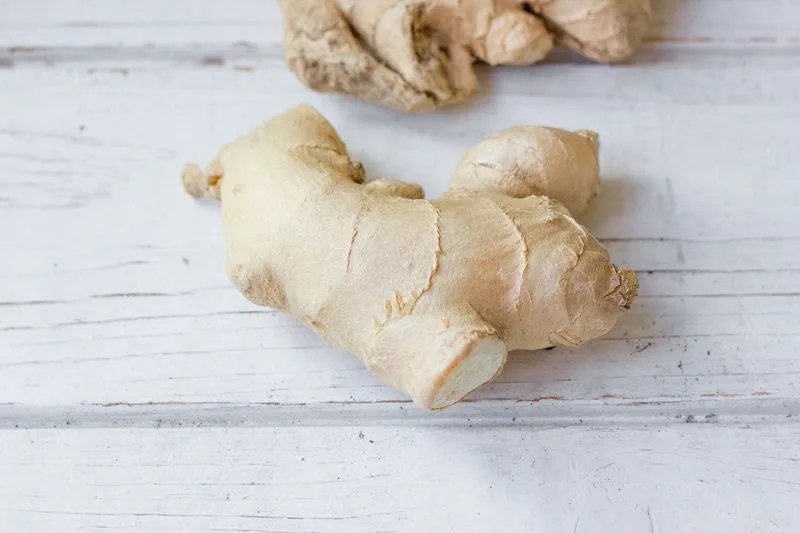
Ginger is revered for its spicy rhizomes, used widely in culinary and medicinal applications. Growing ginger requires a warm climate and rich, well-draining soil. Plant sections of the rhizome and watch as it sprouts lush foliage. Known for its anti-inflammatory properties, ginger is a popular choice for alleviating nausea and aiding digestion. Fresh or powdered, it can invigorate dishes and teas alike. Despite its tropical origins, ginger can be grown indoors in pots. This versatile plant adds flavor and healing to your kitchen and beyond.
Turmeric
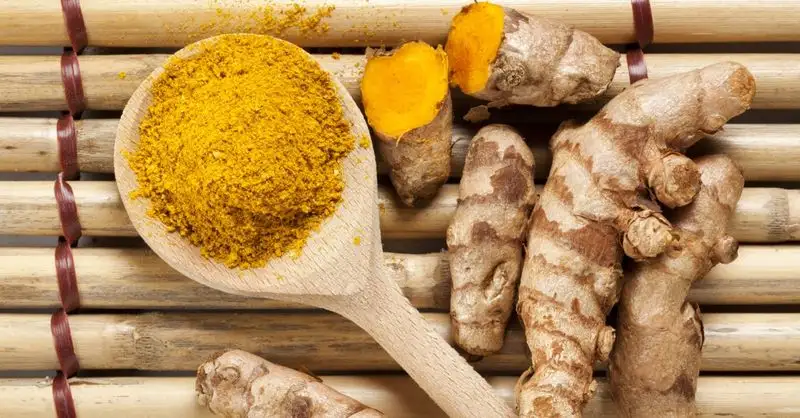
Turmeric boasts vibrant orange rhizomes, celebrated for their anti-inflammatory and antioxidant properties. This tropical plant thrives in warm, humid conditions and well-drained soil. Plant the rhizomes and provide consistent moisture for bountiful growth. Turmeric is commonly used in curries and can be brewed into teas for health benefits. Its active compound, curcumin, is valued for supporting joint health and reducing inflammation. Growing turmeric allows you to harness its culinary and medicinal uses directly from your garden. Its unique color adds a striking visual element.
Garlic
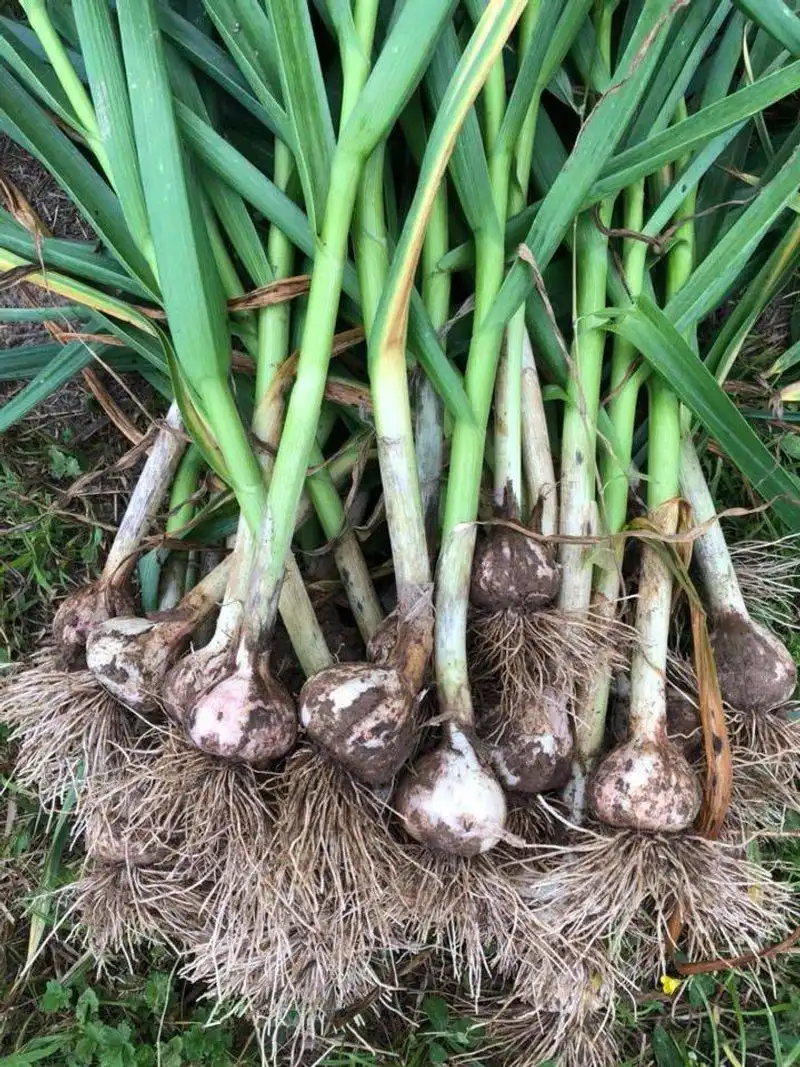
Garlic is famous for its pungent flavor and health benefits, particularly its antibacterial and antiviral properties. It’s easy to grow, requiring rich, well-drained soil and full sun. Plant cloves in the fall for a summer harvest of fresh, aromatic bulbs. Garlic can boost the immune system and is a staple in various cuisines. Beyond its culinary uses, garlic’s compounds are believed to aid heart health and cholesterol management. This versatile bulb is both a kitchen essential and a natural remedy, making it a valuable plant for any gardener.
Basil
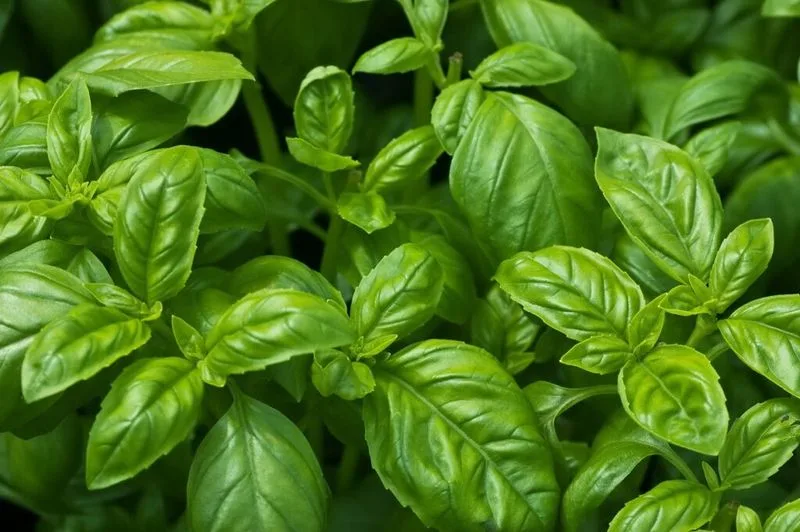
Basil is a beloved herb, known for its aromatic leaves and culinary versatility. It thrives in warm conditions with plenty of sunlight and well-drained soil. Regular harvesting of leaves encourages bushy growth and enhances its flavor. Beyond its use in pesto and salads, basil is believed to have anti-inflammatory and antibacterial properties. It’s a delightful addition to both indoor and outdoor gardens, offering a fresh supply for cooking and health benefits. Basil’s fragrant leaves uplift any garden and complement a variety of dishes.
Parsley
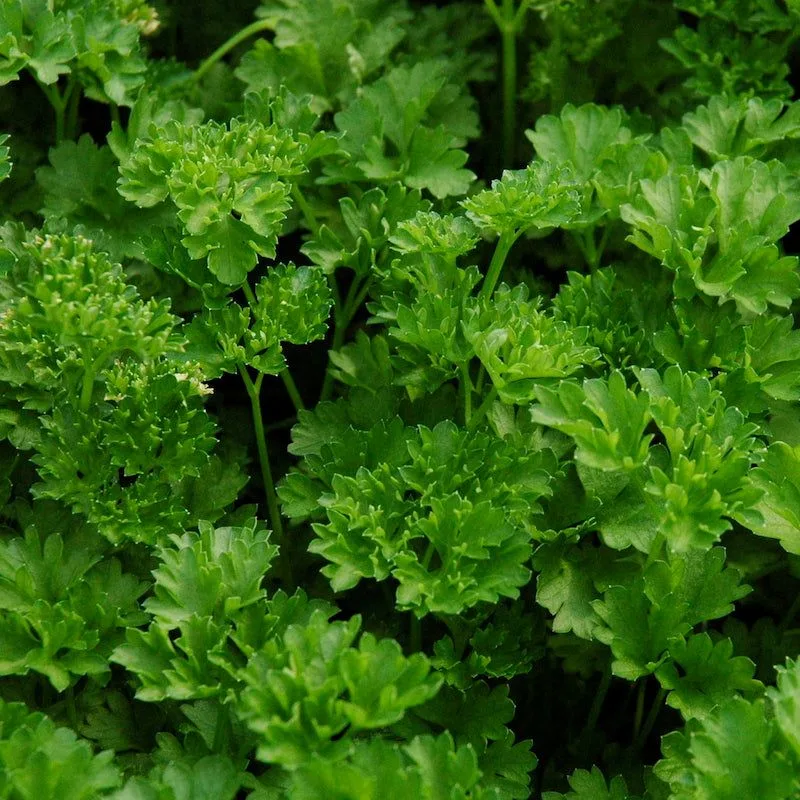
Parsley is more than just a garnish; it’s rich in vitamins and antioxidants. This biennial herb thrives in rich, moist soil and partial to full sun. Regular harvesting of leaves promotes continuous growth. Parsley is often used in cooking for its fresh, bright flavor, and it supports digestion and breath freshness. Use it fresh or dried to enhance soups, salads, and sauces. Its ability to grow indoors makes it a versatile herb for year-round use. Incorporating parsley into meals offers a nutritious boost along with its vibrant greenery.
Dandelion
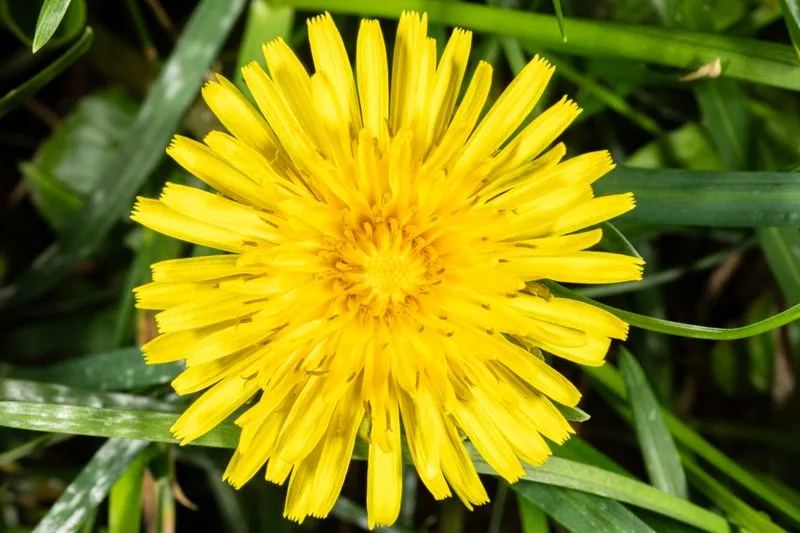
Dandelion is often seen as a weed, yet its roots and leaves are packed with nutrients. It grows readily in various conditions, making it an easy plant to cultivate. The leaves can be used in salads, while roots are commonly roasted for tea. Rich in vitamins and minerals, dandelions support liver health and digestion. Their bright yellow flowers attract pollinators, adding ecological value. Embrace the full potential of dandelions by incorporating them into your daily diet. This humble plant offers both health benefits and biodiversity to your garden.
Fennel
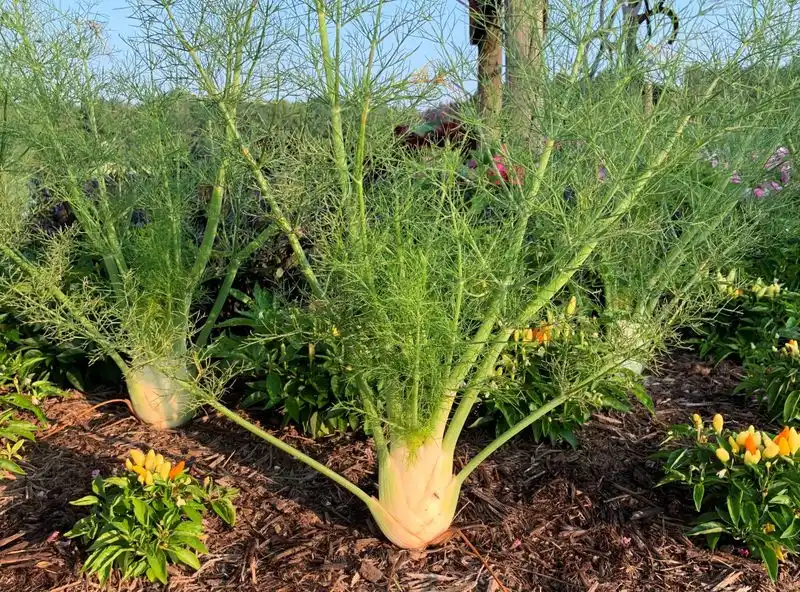
Fennel is known for its anise-like flavor and digestive benefits. It prefers sunny locations and well-drained soil, growing into a tall plant with feathery foliage. The bulb, stalks, and leaves are all edible, commonly used in salads and soups. Fennel seeds are often chewed to freshen breath and aid digestion. Its aromatic qualities and culinary uses make it a valuable addition to your garden. Beyond the kitchen, fennel’s towering presence adds an architectural element, enhancing the visual appeal of garden landscapes.

